Can wounds from dredging be healed?
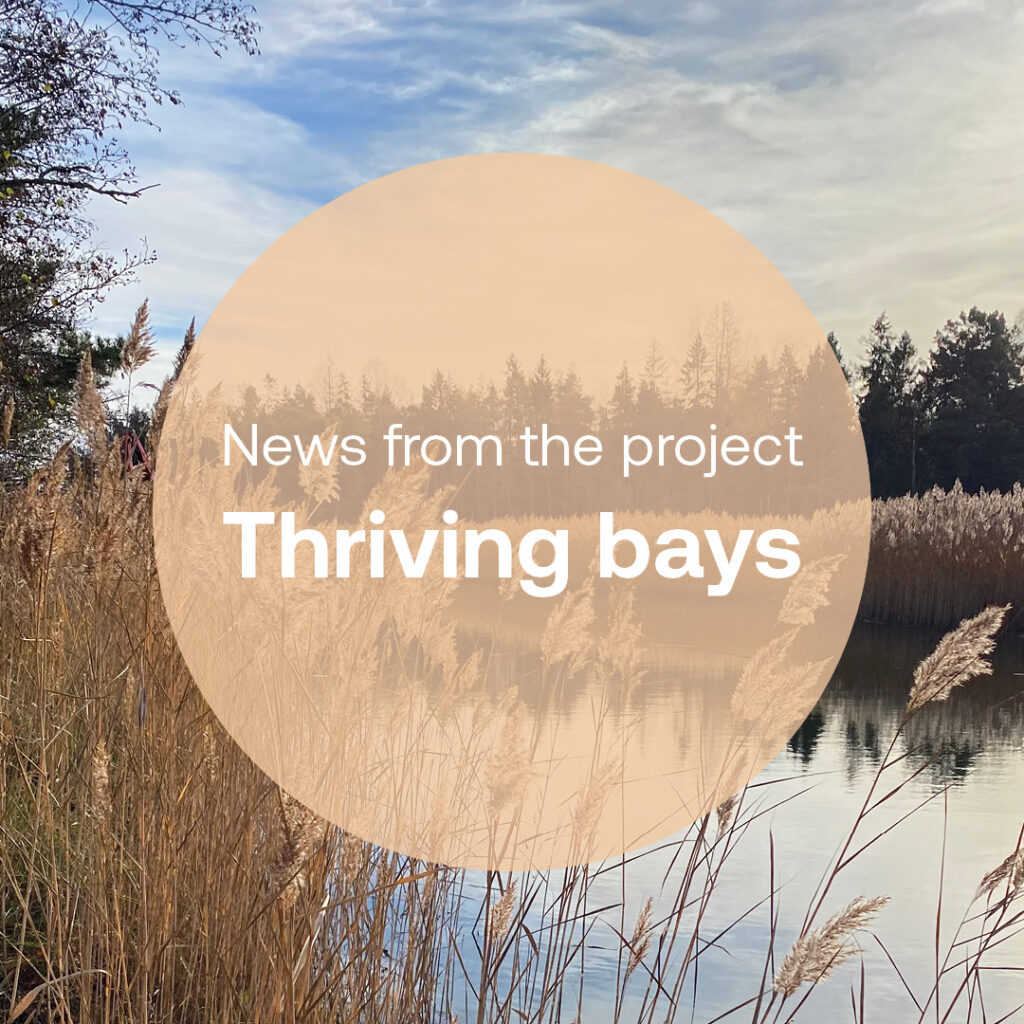
Sky-high phosphorus levels have been measured in the bay Högklykeviken on Gräsö outside Öregrund. In other words, it is a bay that is heavily eutrophic. However, this has not always been the case. Högklykeviken was once a spawning ground for many species of fish, with clear water and bottoms covered in dark red and bright […]
The search for the biofertiliser of the future continues – across the Baltic Sea
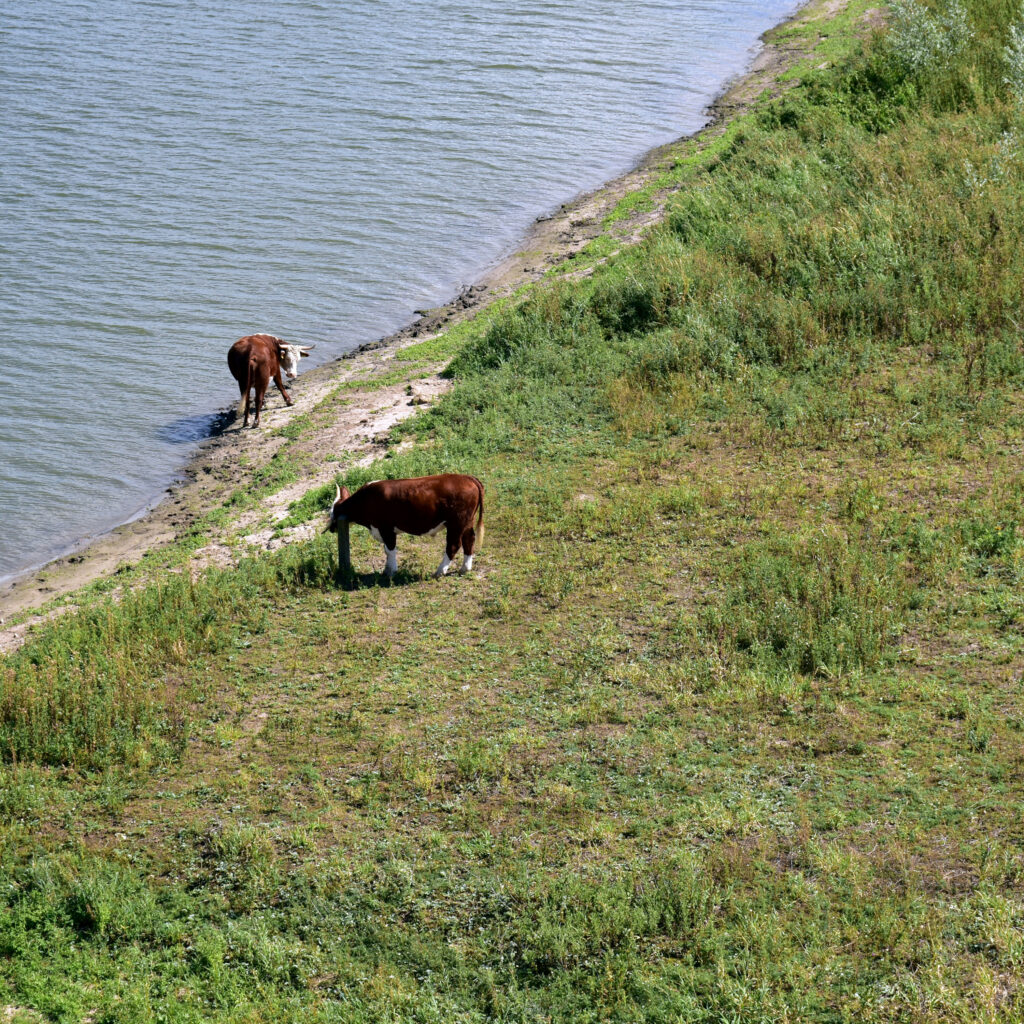
The Circular NP project is coming to an end. But the search for the biofertiliser of the future will continue – and on a larger scale.
Application of molecular tools will teach us about cod tolerance to different environmental conditions
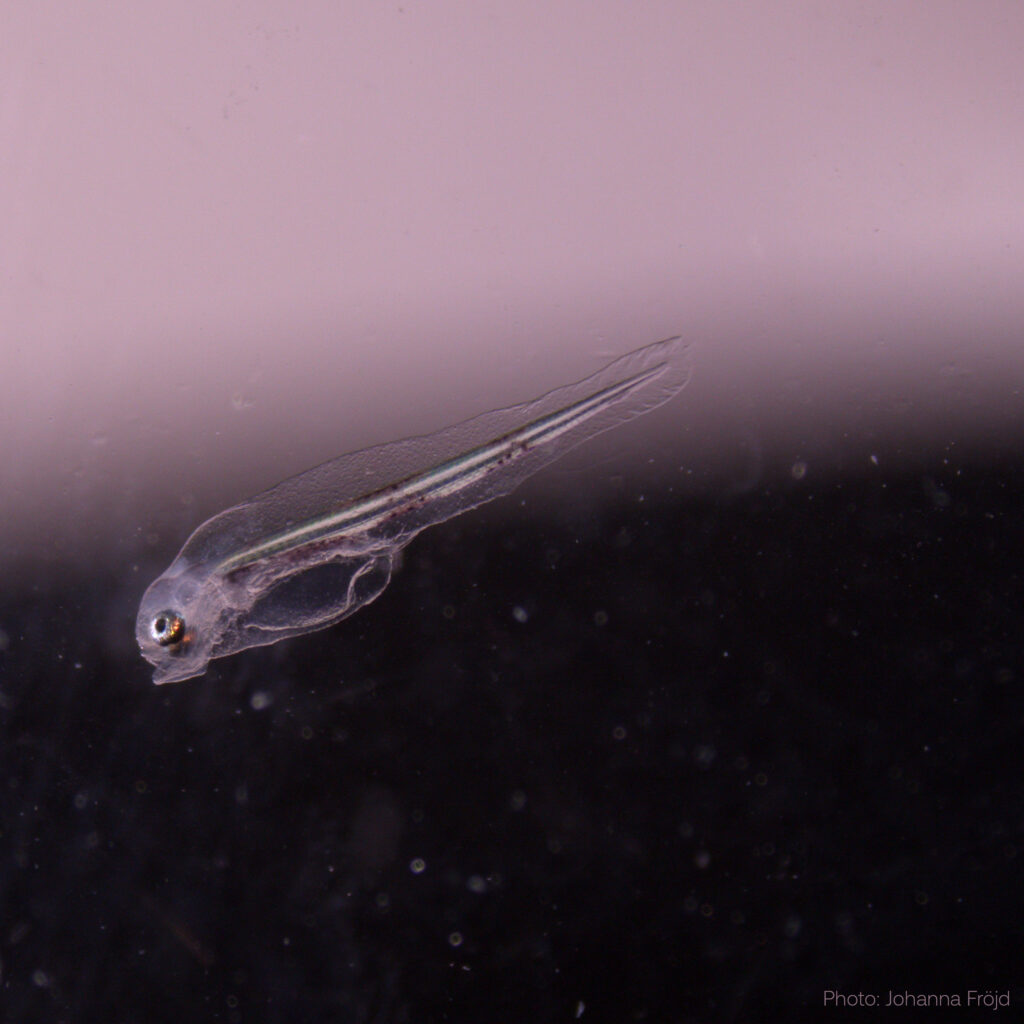
Sebastian Politis will research how cod larvae’s tolerance to oxygen, salinity and temperature affects their survival in the Baltic Sea.
Secrets of the Baltic herring will be decoded at BalticWaters fish laboratory
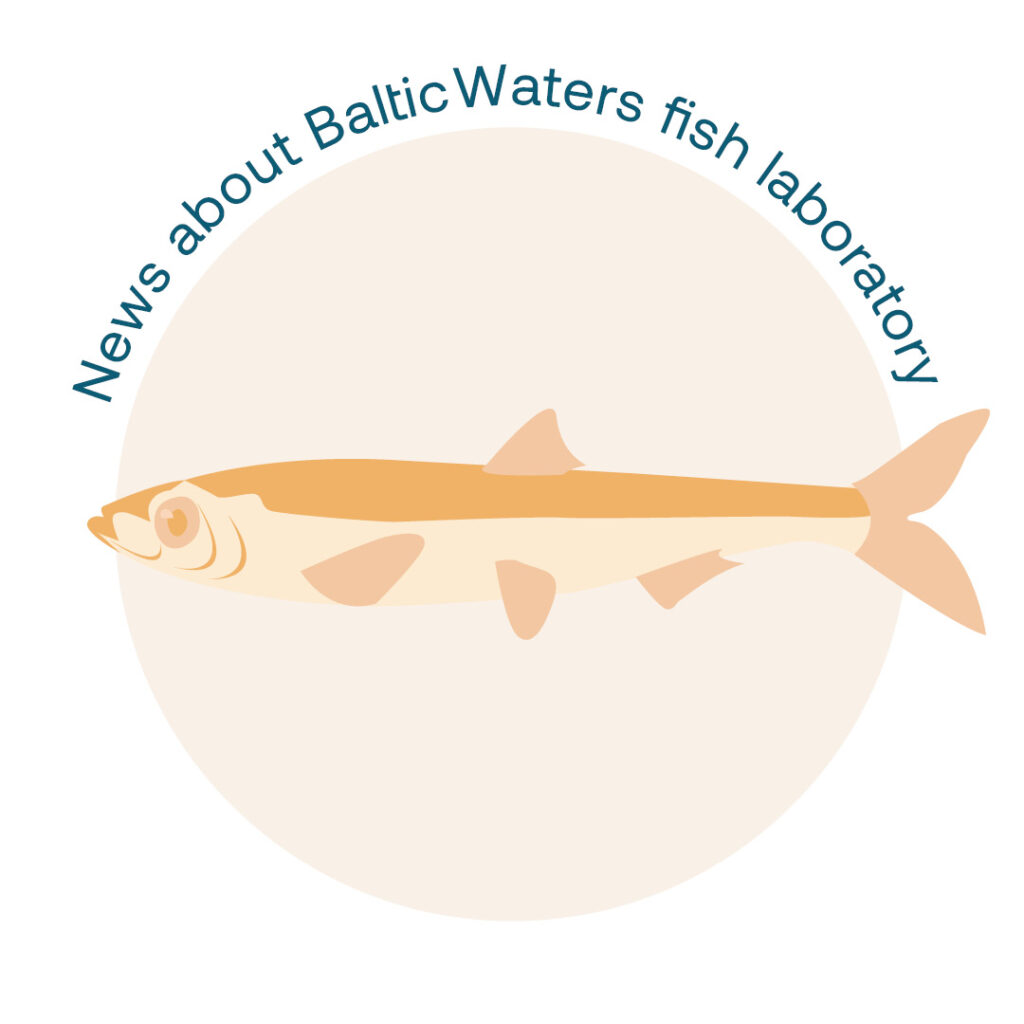
The interplay between inherited genes and how they affect the species’ adaptation to their environment is a mystery. But not for long, at least not for the Baltic herring. Leif Andersson, a geneticist at Uppsala University, has been awarded a SEK 26 million grant to delve into the genes that give herring such an incredible […]
Deep dive: A thriving ocean is important for the climate – and vice versa
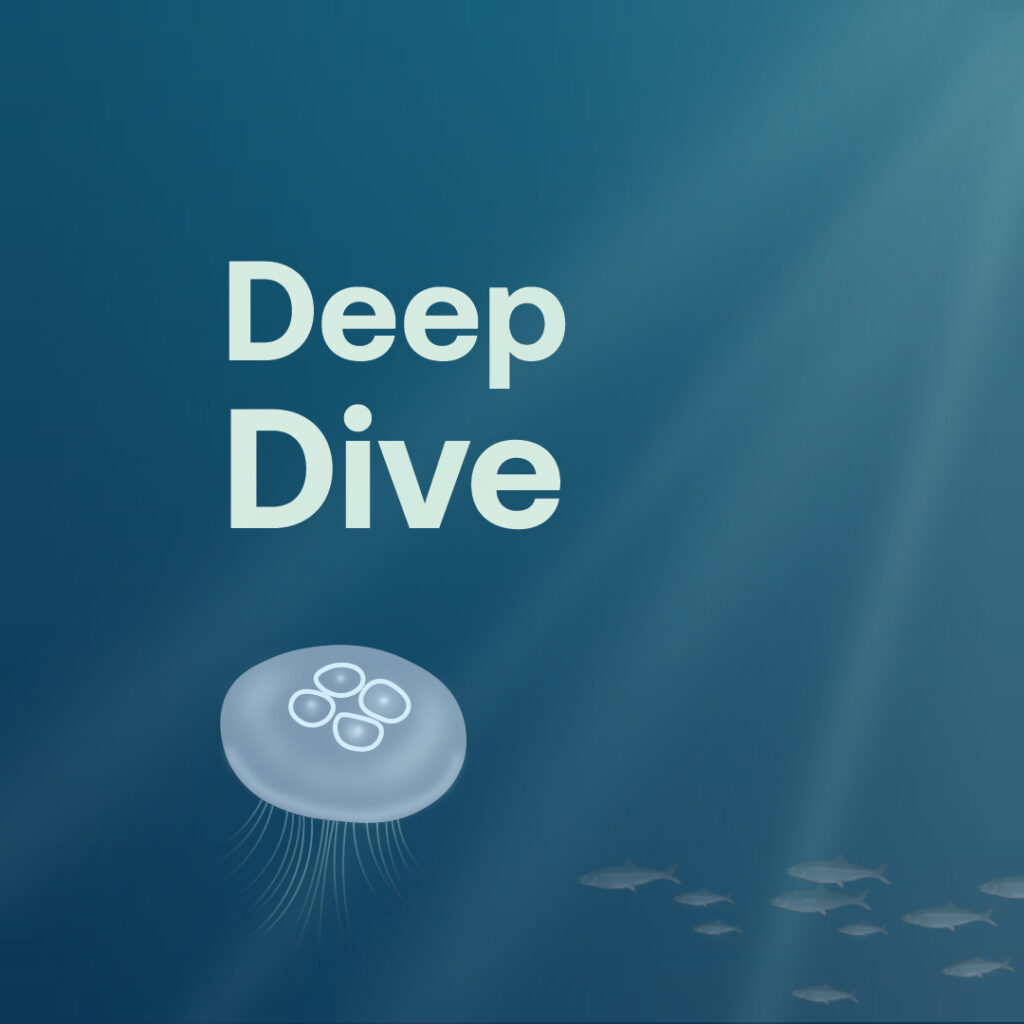
How climate change is changing the Baltic Sea – and what our policy makers should do
From Uganda to northern Gotland
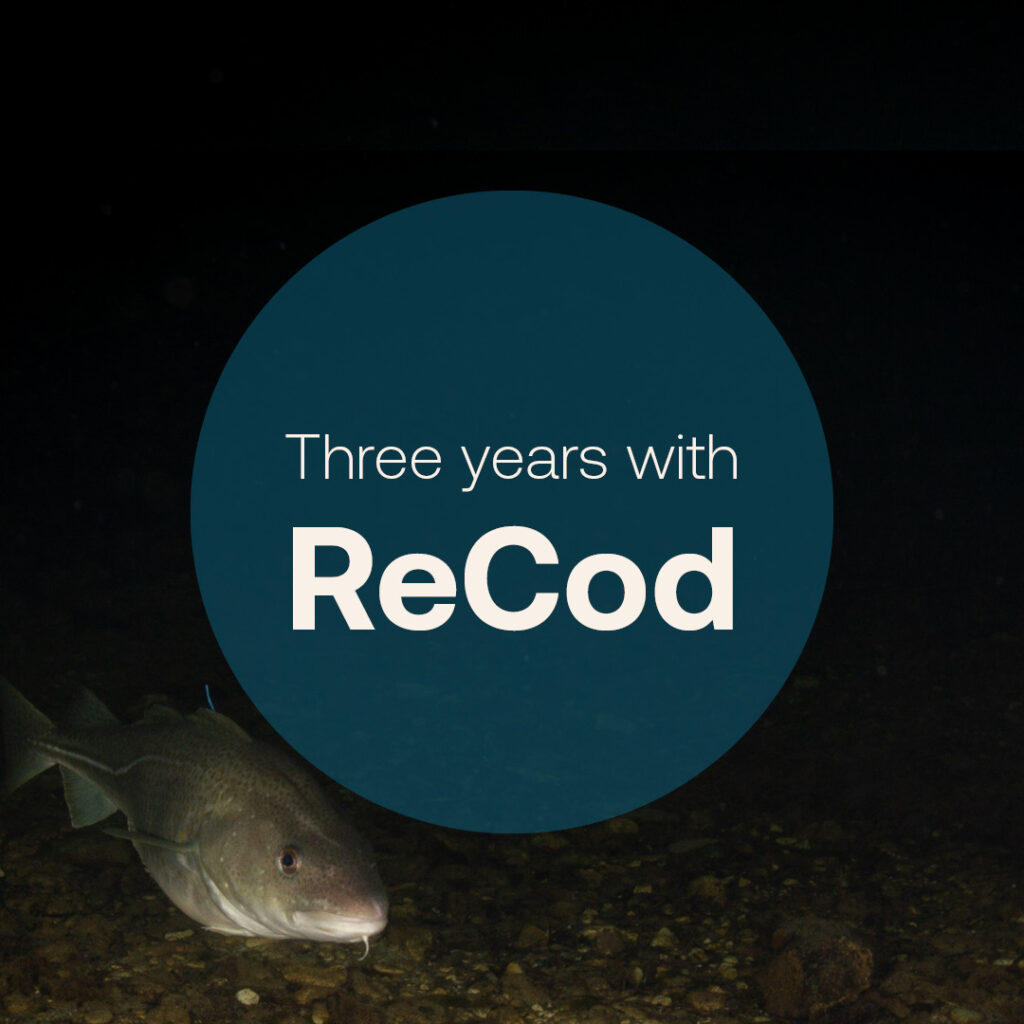
The facilities at the Ar research station are slowly but surely being emptied. That topcoat I used to have to borrow to keep warm in the seven-degree cold rooms is hanging on a hook untouched. Once the large fish tanks have been emptied, and the parental fish released back into the Baltic Sea, the premises […]
Perceived improvements in Långbroviken after measure test

This spring, the Thriving Bays project conducted a unique measure test in Långbroviken. The researchers placed a plate at the mouth of the bay for a few months to investigate whether water currents and water level changes during spring are a main cause of the poor water quality. While waiting for the researchers’ data analyses, […]
Deep dive: Genetic adaptation in fish in a changing climate – where is the fish’s pain threshold and our ethical boundary?

The climate crisis is accelerating the warming of our oceans and poses a major threat to marine animals and fish that have to adapt quickly to changing environmental conditions. Genetic modification of fish has been used in fish farming in the past, but is it possible to use genetic engineering to protect and support wild […]
ReCod PhD project – what has been done and what lies ahead?

During the summer of 2021, Maddi Garate Olaizola started her PhD project within ReCod – release of small cod in the Baltic Sea. With three years behind her, she has worked on several important studies that can contribute with new and valuable knowledge about the Baltic cod. In connection with the PhD programme’s mid-term seminar, […]
The call for applications for the Scholarship program is open!
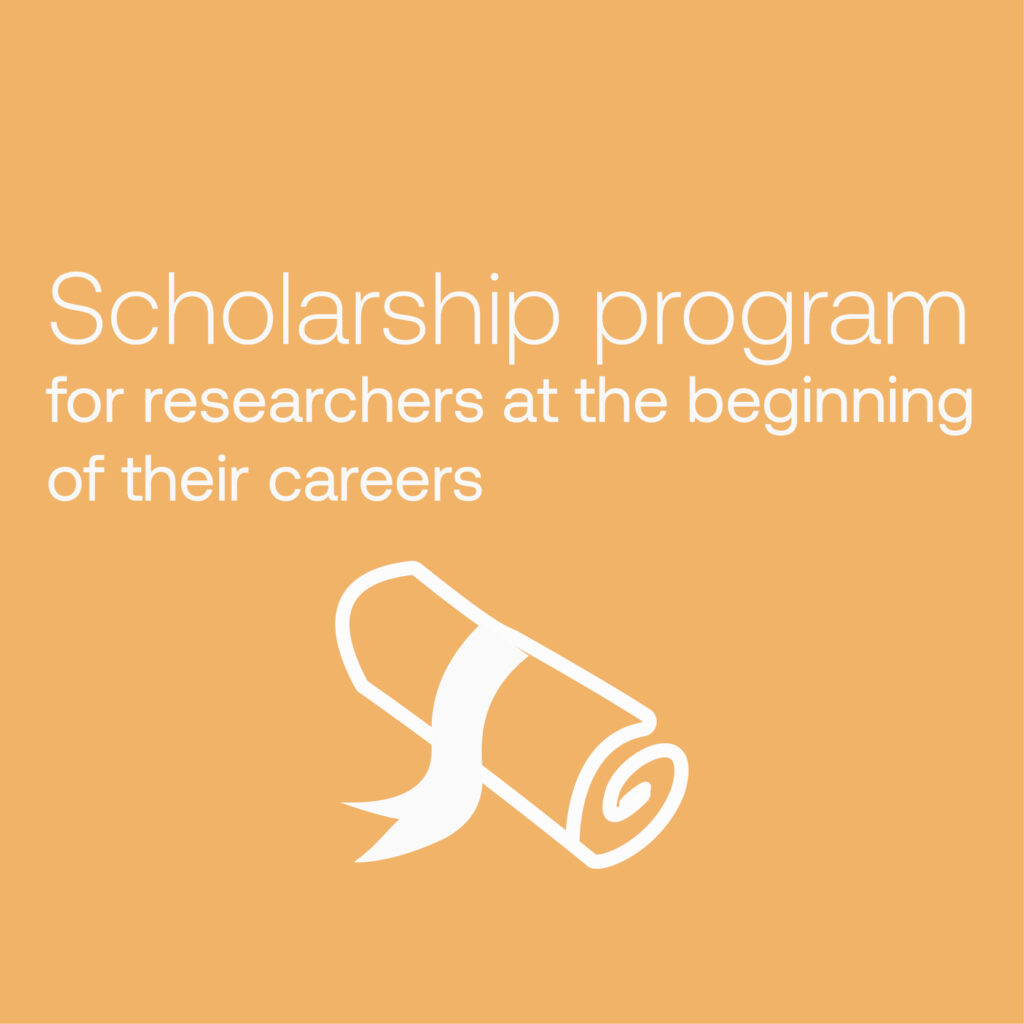
If you are a PhD student or recently graduated researcher, you can now apply for the BalticWaters scholarship, which is awarded to research that contributes to building knowledge about measures for a healthier Baltic Sea.
